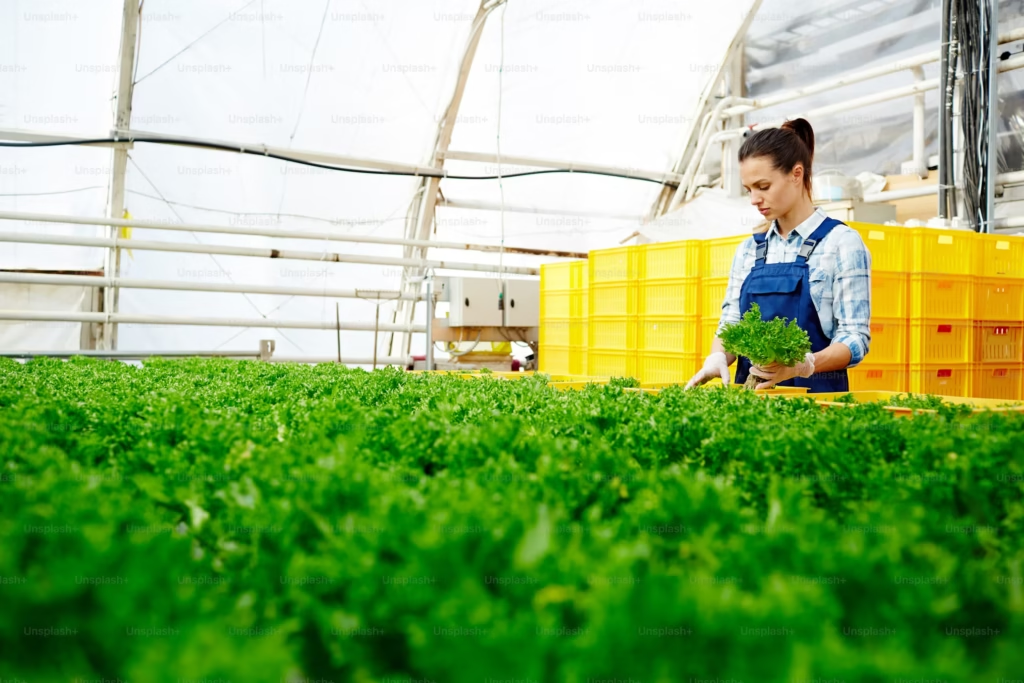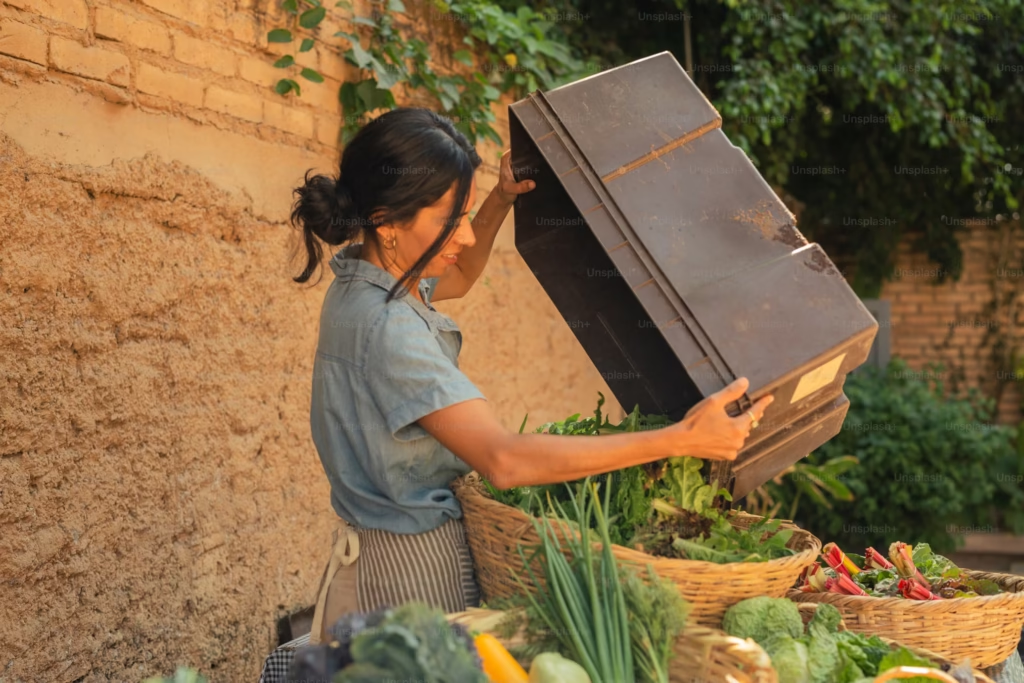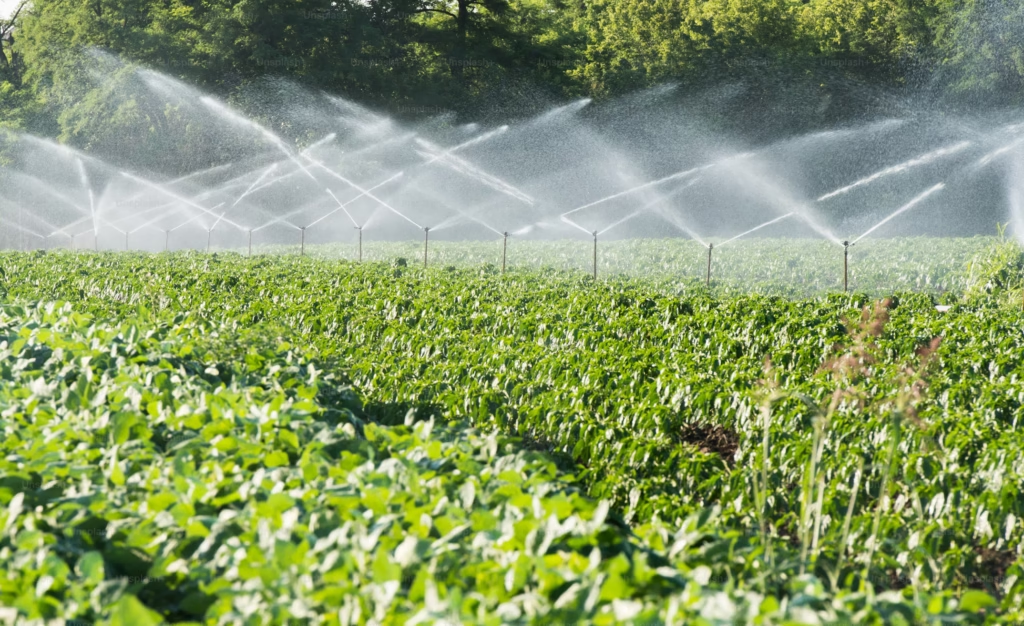
How to Transition to Zero-Waste Farming
Zero-waste farming is an environmentally conscious approach that maximizes resource efficiency and minimizes waste. Transitioning to zero-waste farming not only benefits the planet but can also increase profitability by reducing input costs. Here’s a comprehensive guide to help you make the shift.
1. Understand the Zero-Waste Philosophy
Before implementing changes, familiarize yourself with the zero-waste farming principles:
- Reduce: Minimize resource use and waste production.
- Reuse: Repurpose materials to extend their life cycle.
- Recycle: Transform waste into valuable resources, like compost.
Tip: Assess your current farming practices to identify areas of waste.
2. Conduct a Waste Audit
Evaluate your farm’s waste streams to determine the types and quantities of waste produced.
- Organic Waste: Crop residues, food waste, or animal manure.
- Packaging: Plastics, cardboard, and other materials.
- Chemical Waste: Excess fertilizers, pesticides, or cleaning agents.
Tip: Document findings to create a baseline for improvement.
3. Implement Composting Systems
Turn organic waste into nutrient-rich compost to enrich your soil.
- Materials: Use crop residues, animal manure, and food scraps.
- Methods: Choose between aerobic composting, vermicomposting, or Bokashi fermentation.
- Usage: Apply compost to fields as a natural fertilizer.
Tip: Set up a dedicated composting area that’s easy to access.
4. Reduce Chemical Inputs
Adopt sustainable methods to decrease dependency on synthetic fertilizers and pesticides.
- Natural Fertilizers: Use compost, green manure, and biofertilizers.
- Integrated Pest Management (IPM): Employ beneficial insects and crop rotation to control pests naturally.
- Soil Testing: Regularly test soil to apply only the necessary nutrients.
Tip: Transition gradually to avoid sudden drops in productivity.
5. Reuse Farm Materials
Find creative ways to reuse and repurpose materials on your farm.
- Irrigation: Collect rainwater for reuse in irrigation systems.
- Old Equipment: Repair or retrofit old tools instead of discarding them.
- Packaging: Reuse containers for storage or transport.
Tip: Set up a storage area for reusable items to keep them organized.
6. Embrace Circular Farming Practices
Design your farm to mimic natural ecosystems where outputs from one process serve as inputs for another.
- Crop-Animal Integration: Use animal manure as fertilizer for crops, and feed crop residues to livestock.
- Agroforestry: Plant trees alongside crops to improve soil health and biodiversity.
- Aquaponics: Combine fish farming with hydroponics to recycle nutrients.
Tip: Analyze your farm ecosystem to identify synergies between different components.
7. Minimize Packaging Waste
Rethink how you package and sell your products to reduce waste.
- Bulk Sales: Sell in bulk to avoid individual packaging.
- Sustainable Packaging: Use biodegradable or recyclable materials.
- Consumer Awareness: Encourage customers to bring reusable bags or containers.
Tip: Partner with local co-ops or markets that prioritize zero-waste practices.
8. Use Renewable Energy Sources
Transition to clean energy to power your farm operations.
- Solar Panels: Install solar systems for irrigation pumps, lighting, and machinery.
- Wind Energy: Use small wind turbines to generate electricity.
- Biogas: Convert organic waste into biogas for heating or cooking.
Tip: Seek government grants or subsidies for renewable energy installations.
9. Train Your Team
Ensure all farm workers are aligned with zero-waste goals.
- Workshops: Conduct training sessions on composting, waste separation, and sustainable practices.
- Responsibilities: Assign roles for managing waste and tracking progress.
- Feedback: Encourage workers to share ideas for improvement.
Tip: Provide incentives for employees who actively contribute to zero-waste initiatives.
10. Monitor Progress and Adapt
Track your progress over time and refine your practices.
- Metrics: Measure waste reduction, input efficiency, and cost savings.
- Adjustments: Experiment with new techniques or tools to enhance outcomes.
- Goals: Set incremental goals to keep your farm moving toward full zero-waste status.
Tip: Celebrate milestones to keep motivation high among your team.
Benefits of Zero-Waste Farming
- Environmental Impact: Reduces pollution, conserves resources, and supports biodiversity.
- Cost Savings: Decreases spending on inputs like fertilizers and packaging.
- Market Appeal: Attracts eco-conscious consumers and builds brand loyalty.
Conclusion
Transitioning to zero-waste farming is an ongoing process that requires commitment and creativity. By adopting sustainable practices, you can make your farm more efficient, environmentally friendly, and profitable. Start small, track your progress, and aim for continuous improvement to achieve long-term success.



